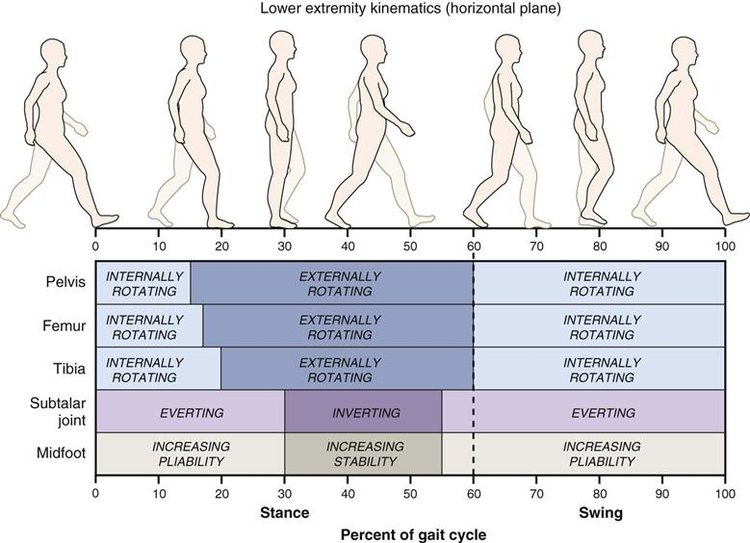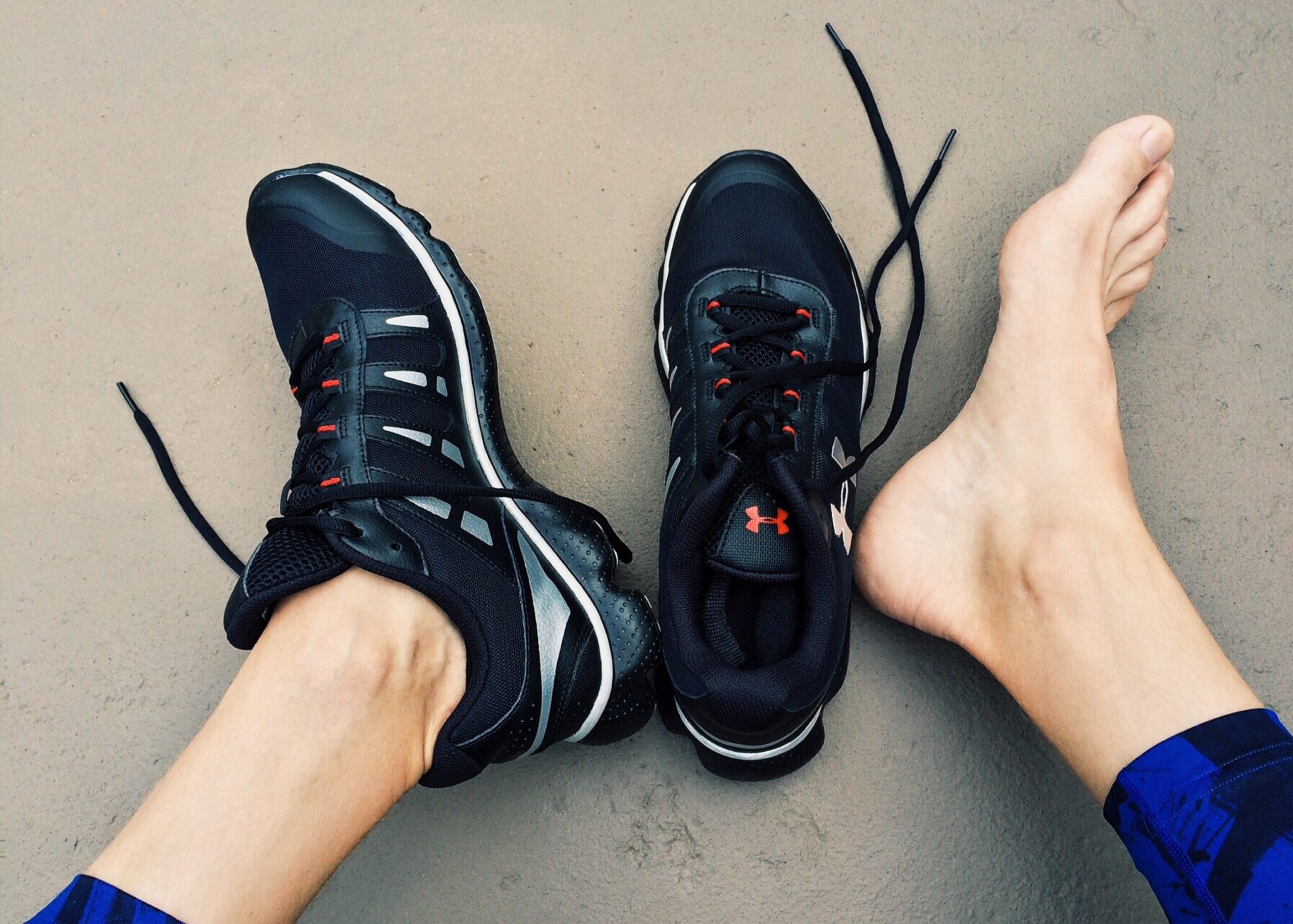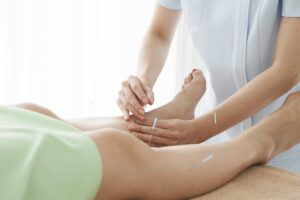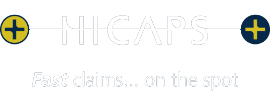25% of the body’s bones, 18% of joints and 6% of the muscle are in the feet. People often disregarded their feet as an essential part of the body and pay no heed to issues that are concerning them. Injuries and damage to the feet can cause and lead to serious problems in the knee, hips, pelvis, spine and affecting the body as a whole.
How do ¼ of the body’s bones have such an impact? To answer this lets first discuss biomechanics.
Biomechanics
Biomechanics is the study of the structure, function, and motion of the mechanical aspects of biological systems, at any level from whole organisms to organs, cells, and cell organelles, using the methods of mechanics. So basically, for you this means how you move, what muscles, bones, ligaments, tendons, fascia is involved in the movement and how any change through this will affect the movement.
The foot biomechanics can be separated into static and dynamic elements. Bones, ligaments, fascia, and joint surface congruity form the static elements. While muscle function and arthrokinematics (movement of joint surfaces) of the tarsal bones the dynamic elements.
Static Elements
The static elements of the foot are the structure of the foot, they allow us to remain upright for a prolonged period without needing move. This is contributed to the passive ligamentous support of the plantar aponeurosis (fascia) and osseous (bony) support which maintains the arch in the static foot.
The plantar aponeurosis commonly referred to as the plantar fascia. Is a thick connective tissue, that functions to support and protect the underlying vital structures of the foot. The osseous support mainly comes from a beam like action of the metatarsals (long bones that connect ankle to toes).
These two components connect to help form the windlass mechanism. A windlass is a sailing apparatus used to haul or lift. The windlass mechanism of the foot describes the plantar aponeurosis tension ability to absorb increased stress. This occurs as the calcaneus (heel bone) and extension of the first metatarsophalangeal joint (MTPJ/big toe) move closer together.

Dynamic Elements
The dynamic elements work in combination and are reliant on the static elements. The foot and ankle movement are complex and highly involved. It can be defined as a closed kinetic chain the combination of movement of several sequential joints and tissue structures where the terminal segment is met with considerable resistance. In this chain the ankle and foot work in triplane movements called pronation and supination. Pronation is the simultaneous movement in a transverse, sagittal and frontal plane or a combination of abduction, dorsiflexion, and eversion. Supination works in the same three planes although it is a combination of adduction, plantar flexion, and inversion. Pronation and Supination are needed to achieve a ‘normal’ gait.

Normal Gait (Walk) & Feet
A normal gait cycle is measured from initial contact to the ground of one foot to the lift-off and recontact of the same foot. To walk the movement does not just happen at the feet, there is distinct movements in the joints of the feet, ankles, knees hips and pelvis. As well as substantial muscle and ligament involvement from the feet to the pelvis.
During the gait cycle, the feet have an important role, especially in the stance phase. When the heel strikes the ground, the ankle is in dorsiflexion as the movement continues the hindfoot (subtalar, talonavicular, and calcaneocuboid joints) starts to evert allowing the ankle to start plantar flexing. This creates a loading effect on the plantar aponeurosis as the foot pronates moving into the mid-stance phase.
In the mid-stance, the tension in the plantar aponeurosis decreases allowing the foot to be able to shock absorb and adapt through the midfoot. As the foot prepares for the toe-off phase, the big toe moves into extension, which tightens the plantar aponeurosis and assists with supination of the foot.
Any change to the biomechanics or injuries to the muscles, tendons, or ligaments will alter how you stand and walk. These compensations can create issues up the chain including ankle, knee, hip, and lower back pain.
Do you have any issues that you think might be steming from you feet?
Teille would be happy to assist you with this.

References:
- https://www.jospt.org/doi/pdf/10.2519/jospt.1985.7.3.91#:~:text=Normal%20biomechanics%20of%20the%20foot%20and%20ankle%20can%20be%20divided,tarsal%20bones%20and%20muscle%20function.
- https://www.raynersmale.com/blog/2017/9/5/anatomy-101-the-windlass-mechanism-great-toe-extension
- https://www.jospt.org/doi/pdf/10.2519/jospt.1994.20.5.235
- https://www.protokinetics.com/understanding-phases-of-the-gait-cycle/
- https://www.orthobullets.com/foot-and-ankle/7001/gait-cycle
- https://www.physio-pedia.com/Gait
- https://www.tekscan.com/blog/medical/gait-cycle-phases-parameters-evaluate-technology
- https://www.sciencedirect.com/topics/engineering/gait-cycle
- https://www.footbionics.com/Patients/The+Gait+Cycle.html







